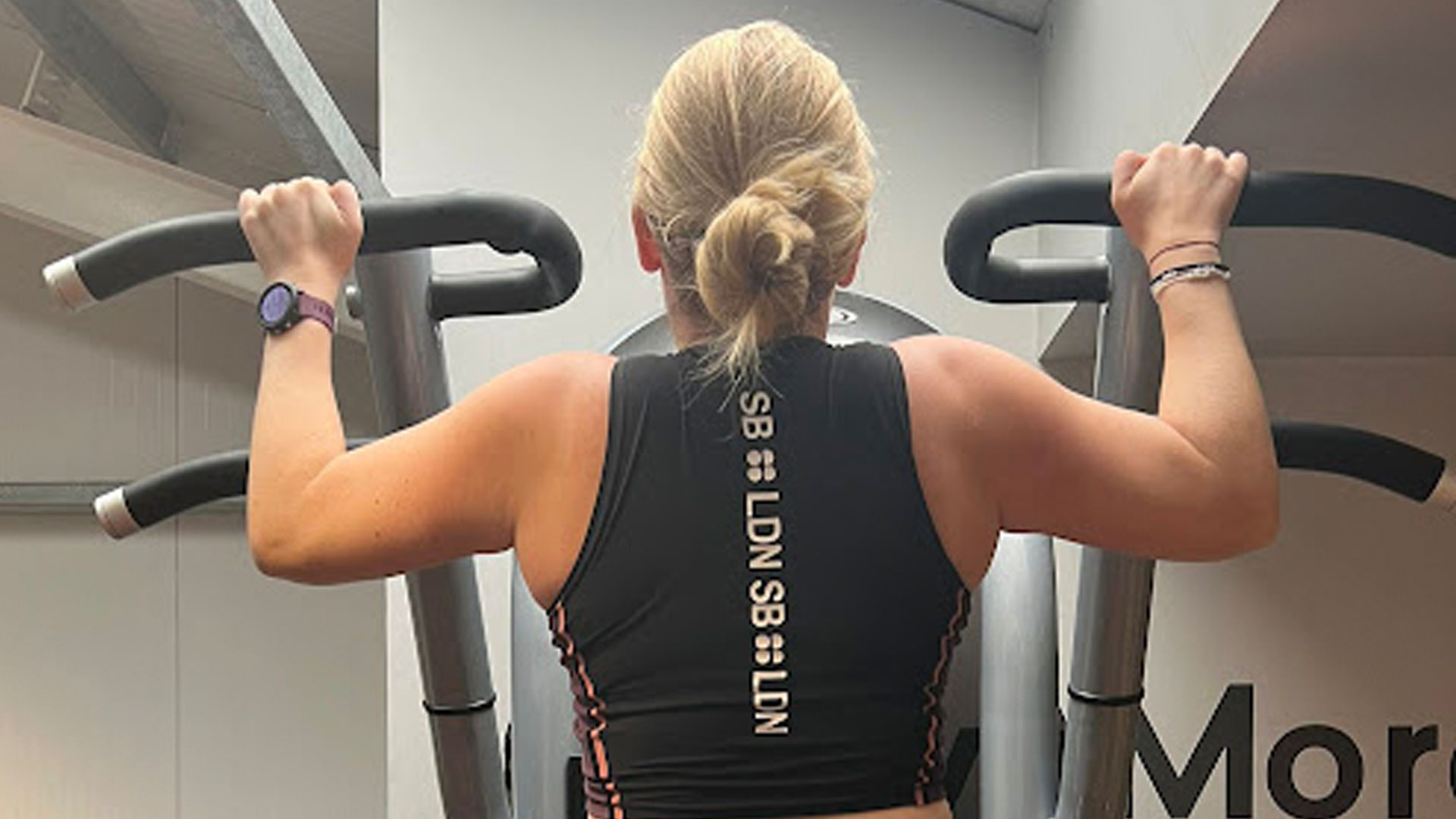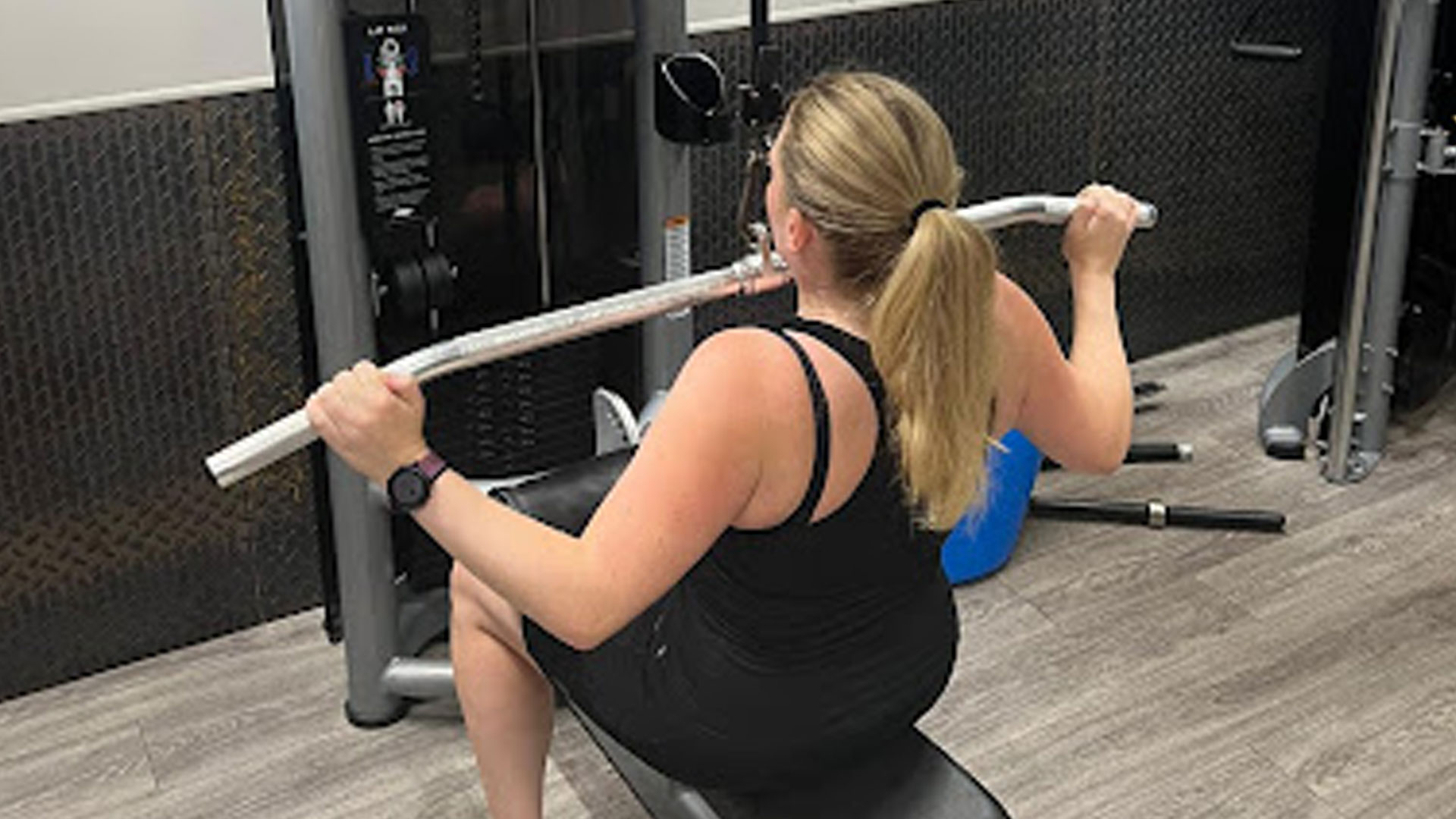
I couldn’t do a pull-up to save my life.
As a qualified personal trainer, it’s always been embarrassing that I’ve never been able to do one. I suppose fear, and not knowing where to start, kept me from even trying to finish the job.
However, I finally plucked up the courage and put my body to the test for 30 days to see if I could make the impossible possible.
While I’m far from a beginner at the gym, my focus has always been more cardio-based exercises. Sure, I love a little arm workout with the best adjustable dumbbells, but that’s as far as it goes for me. I began this challenge feeling apprehensive and out of my depth.
As someone who’s something of a completionist, I couldn’t let it escape me. I also discovered that higher levels of upper body strength are associated with a longer life span, according to the National Library of Medicine. If this could potentially help me live longer, then it's well worth a try
So, after 30 days of pull-ups… here's everything I learned.
1. YOU NEED TO DO MORE THAN JUST A PULL-UP…
It’s important not to confuse a pull-up with a chin-up. The main difference lies within your grip. With pull-ups, your hands are pronated (hands facing away from you), whereas, with a chin-up, your hands are facing towards you (supinate).
Start your week with achievable workout ideas, health tips and wellbeing advice in your inbox.
Since I didn’t have the confidence to start without help, I began my journey on the assisted pull-up machine and also used resistance bands.
This may sound backward, but you can’t only focus on pull-ups to do a pull-up.
You need to focus on your ‘pulling’ muscles. In this case, your primary (agonist) muscles are your lats, trapezius, and biceps, but you will also need to work your deltoids, rhomboids, and core.
And because we’re concentrating on the ‘pulling’ muscles, that’s the movement you need to focus on. Dumbbell rows, lat pull-downs, under-bar pull-ups, and the seated row machine became my best friend.
You also have to practice pushing away from the bar with chest presses, shoulder presses, and push-ups.

2.You need to HANG OUT FOR A WHILE
I spent a lot of time hanging (and not from the night before!)
Don’t be deceived, it’s harder than it looks if you’re like me and aren’t used to holding your own body weight or testing your grip strength.
I added shoulder shrugs - squeezing my shoulders together to activate my back muscles. This is an excellent movement for teaching your body how to push through fatigue.
After a few days of training, I got restless and decided to ditch the assisted machine. But I still wasn’t strong enough to do a full pull-up on my own. So I introduced myself to the bar by jumping up, using the momentum to bring my chin up to the bar, and slowly lowering myself to the ground for three to five seconds to lengthen the muscles.
3. IT’S HARD… (AND EVEN HARDER IF YOU’RE A Woman)
As a woman, I find it incredibly demotivating to look over at the scary men’s section in the gym, (yes, I still call it that) and see them pulling themselves up with ease.
Research by the University of Dayton in Ohio also found that even incredibly fit women struggle with pull-ups. According to study author, Paul Vanderburgh, this is because females have less muscle mass and more body fat than men.
For me, the struggle was finding the energy when I wasn’t already physically exhausted. I’m currently training for my tenth marathon and after running five times a week – in addition to teaching three spin classes – nearly every time I approached the pull-up bar I was wiped and battled to lift myself even half way.

4. I PLATEAUED
After most workouts I ached in places I didn’t even know could hurt. I was getting a feeling like I had bitten off more than I could chew.
Was this all for nothing? While I noticed improvements at first, eventually I stopped getting DOMS (delayed onset muscle soreness) – and I also wasn’t getting any stronger either.
I had to remember, this is where most people throw in the towel - I had to keep pushing through. This wouldn’t last forever.
5. MY BODY CHANGED, AND SO DID MY MENTALITY
There’s no denying I’m stronger. My running has improved. I have more energy. I started to notice definition in my back (especially under my bra strap). My shoulders and my core look more defined. My posture has changed, I slouch less in my chair at the office and I walk a little taller.
But my biggest improvement is my confidence and my sense of achievement. It’s important to give yourself a pat on the back (even when your arms are too tired to reach.)
30-day pull-up challenge: verdict
I was about ready to give up on day 29. As my arms trembled like a nervous chihuahua in my attempts to reach the top of the bar, I was convinced a month wasn’t enough. I walked away feeling defeated – until I bumped into my boyfriend in the weights room.
He told me to just focus on my form and technique by getting back on the assisted pull up machine. As I got on the platform, I stared straight ahead of me as he cranked the dial into an unknown slot. I gave it no further thought as I heaved my way up, struggling as my chin just about made it above the bar.
Phew, I thought. What weight was that? As I got down and looked at the machine – I noticed he hadn’t put it on ANY weight. It was totally unassisted and I had no idea. I had just done my first pull up and it was all thanks to a simple distraction of the mind.
My squeak of excitement and a collapse on the floor said it all.
While strength is no doubt important when it comes to pull-ups, I think this challenge has proved that the only person standing in your way is you.
Feeling inspired? Here's how to do pull-ups and dips.
Abi Cramp is a qualified personal trainer, spin instructor, marathon runner and professional writer. Born in South Africa, Abi has always used fitness as a way to stay active and see the world. While running has always been her passion, after the pandemic she vowed that she would tick off a couple of things on her fitness bucket list – including pull-ups – while using exercise as a celebration of her body, and not a punishment.

